
Top 10 Best Plants for Shady Areas
There has never been more shade in Melbourne as there is now. Townhouses, units, and apartments are on the rise. Backyards are getting smaller. Sunlight is becoming more blocked. But everyone still wants a garden filled with plants. And you



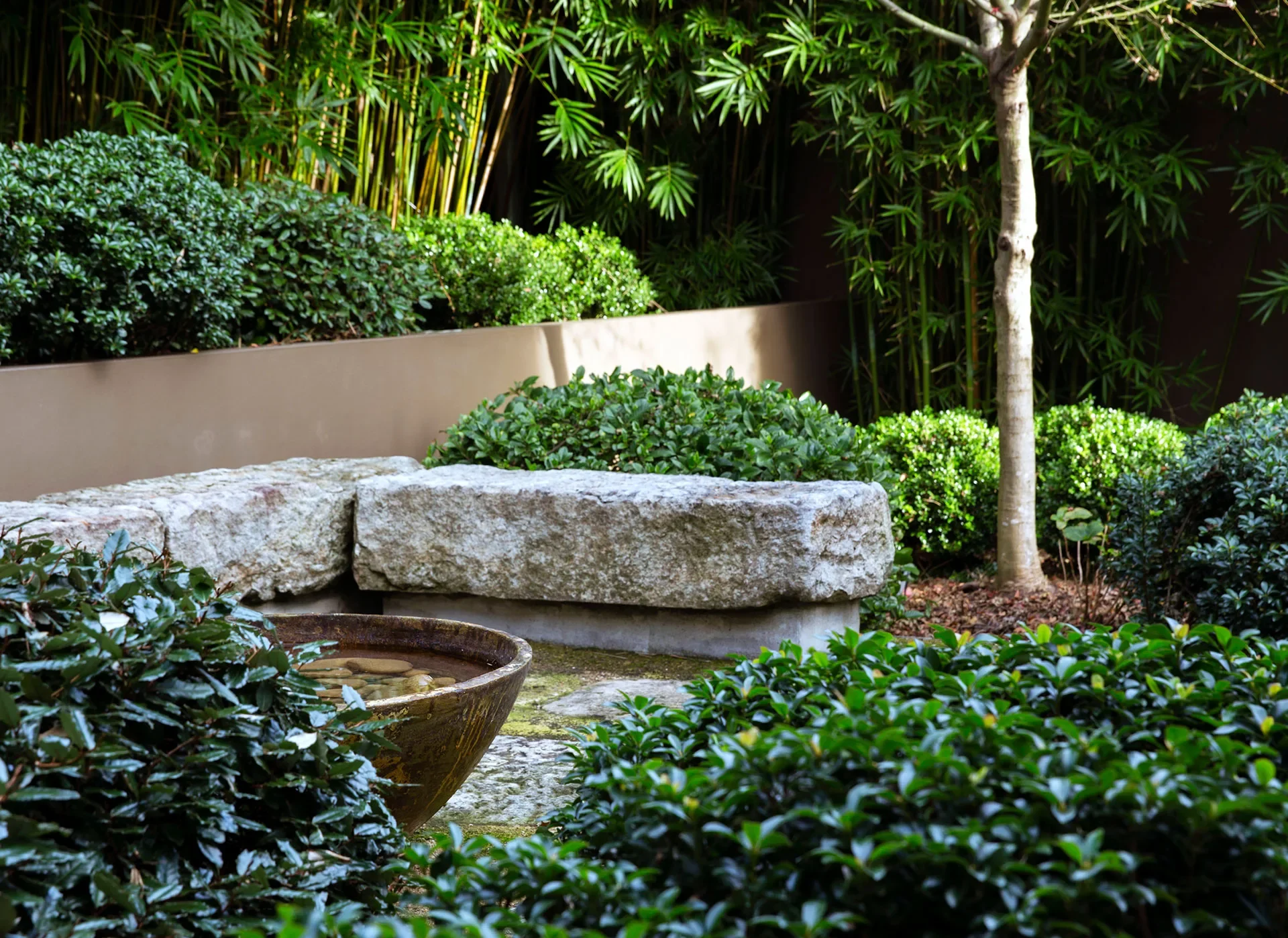
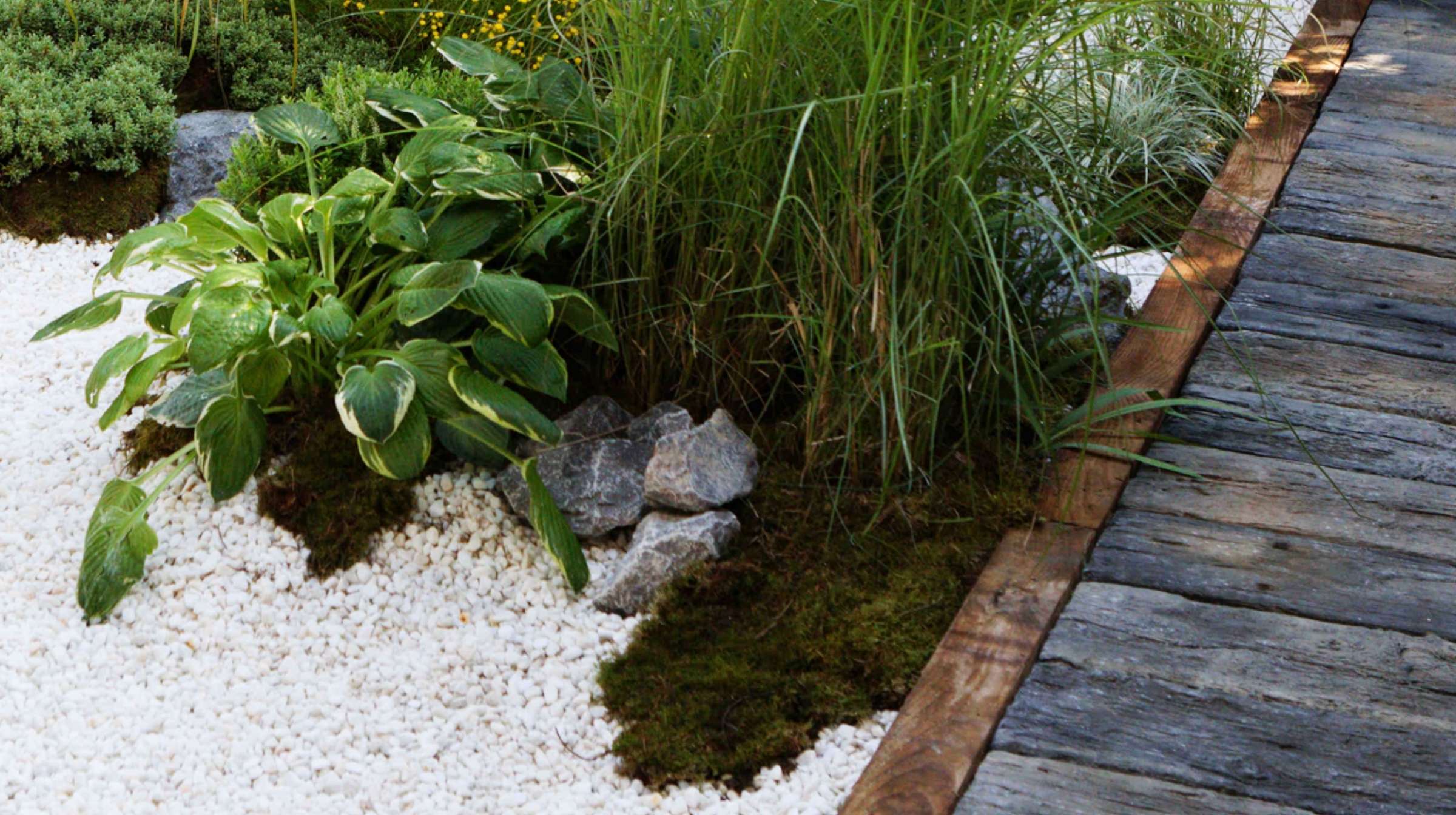


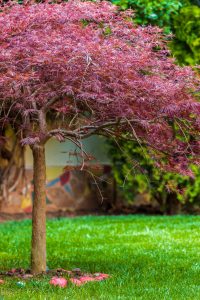

 You can also find Cherry Trees that are small like
You can also find Cherry Trees that are small like 

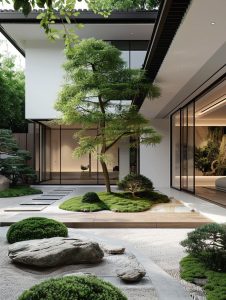 A huge amount of space can sometimes be just as tricky as planning a small garden, but we actually offer the same advice here. Just because you have the space doesn’t mean you should plant 50 different types of Japanese style plants.
A huge amount of space can sometimes be just as tricky as planning a small garden, but we actually offer the same advice here. Just because you have the space doesn’t mean you should plant 50 different types of Japanese style plants.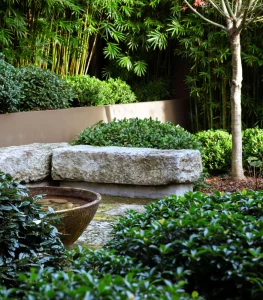 If you’re still struggling, return to the basic principles of the Japanese Style. These include:
If you’re still struggling, return to the basic principles of the Japanese Style. These include: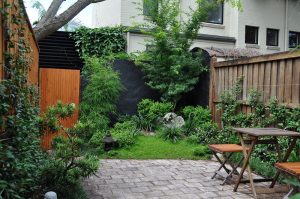 We mention location because some plants don’t work well in certain climates. For example if you are near the beach there are Japanese style plants such as Japanese Boxwood, Azaleas and Camellias that are sensitive to salt and won’t work well in your garden.
We mention location because some plants don’t work well in certain climates. For example if you are near the beach there are Japanese style plants such as Japanese Boxwood, Azaleas and Camellias that are sensitive to salt and won’t work well in your garden.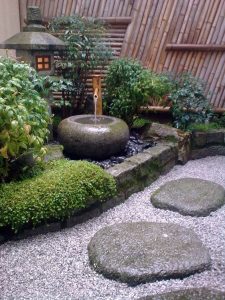 There’s more to a Japanese Garden than just the plants. One of the quintessential parts of the Japanese Style Garden is the water feature, whether this be a pond, stream or waterfall. Go the extra mile and even add in some brightly coloured fish!
There’s more to a Japanese Garden than just the plants. One of the quintessential parts of the Japanese Style Garden is the water feature, whether this be a pond, stream or waterfall. Go the extra mile and even add in some brightly coloured fish!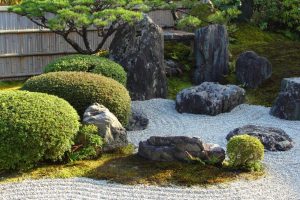 It’s important you don’t let your plants get unruly, now depending on what plants you choose, Japanese style gardens can range from low maintenance to high maintenance.
It’s important you don’t let your plants get unruly, now depending on what plants you choose, Japanese style gardens can range from low maintenance to high maintenance.










